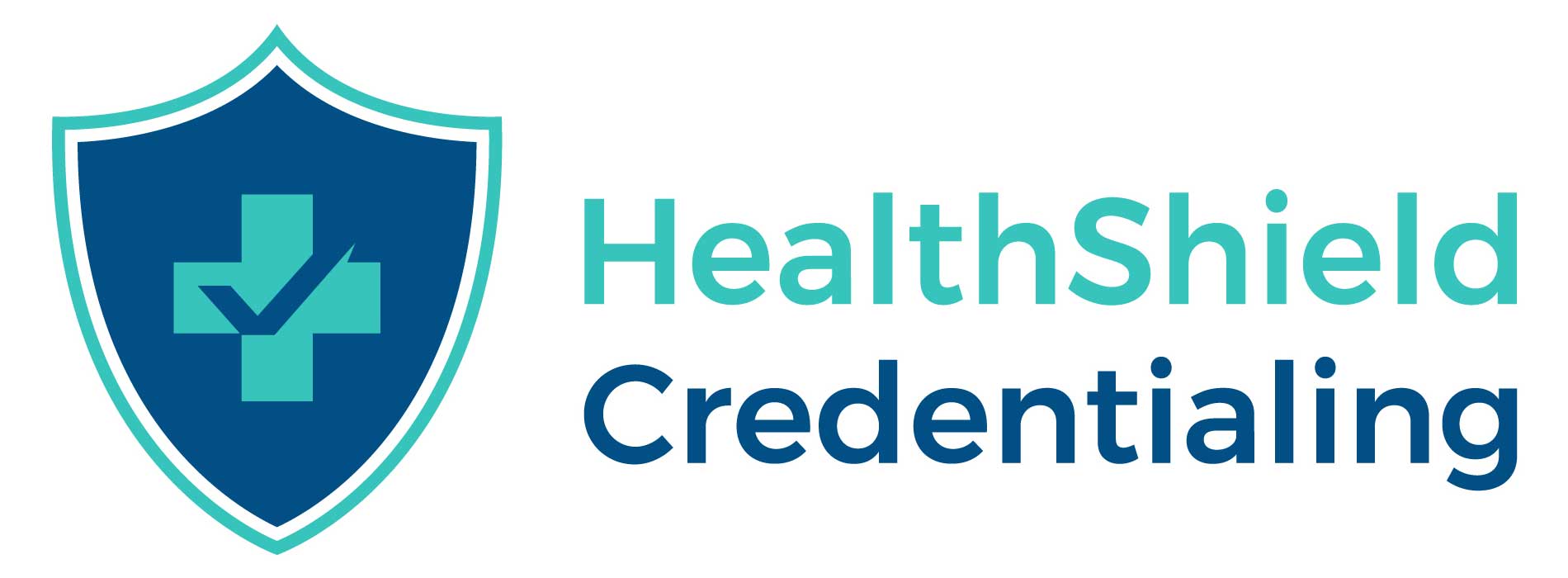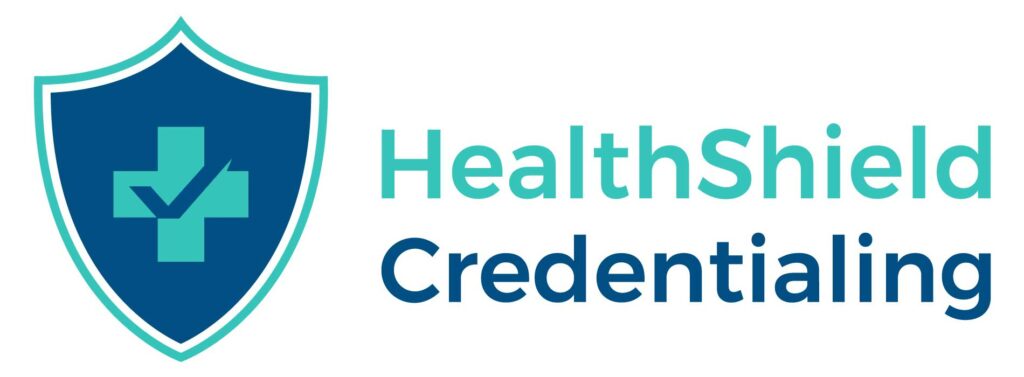With tax preparations underway this month, one of the top questions asked is “How do I lower my tax bill?” Managing your accounts to lower taxes involves strategic financial planning and utilization of various tax-advantaged accounts and strategies. Before we get into the strategies and accounts, just a few general reminders:
1. Tax planning is intricate and varies for each person. Tailor your strategy to your needs and consult professionals for compliance with current tax laws.
2. Tax-advantaged accounts provide specific benefits, encoouraging savings for purposes like retirement or education.
3. Tax advantaged accounts coome in two forms:
– Pre-tax (tax-deferred) accounts delay tax payments on contributions until withdrawal
– After-tax accounts, funded with already-taxed money, exempting investment earnings from further taxes.
Now, let’s look at various tax-advantaged savings accounts in greater detail to help you minimize your tax liability:
1. Retirement Accounts
Contributions to these accounts are often tax-deductible, and the earnings grow tax-deferred until withdrawal.
– 401(k): Employer-sponsored retirement savings plan that allows employees to contribute a portion of their salary on a pre-tax basis.
– Traditional IRA (Individual Retirement Account): Individual retirement account that allows tax-deductible contributions (subject to income limits.
2. Roth Accounts
While contributions are made with after-tax dollars, qualified withdrawals, including earnings, are tax-free.
– Roth 401(k): Similar to a traditional 401(k) but with after-tax contributions.
– Roth IRA: Individual retirement account with after-tax contributions.
3. Tax-Loss Harvesting
Offset capital gains by selling investments with losses to reduce your overall taxable income.
4. Choose Tax-Efficient Investments
Opt for investments that generate lower tax liabilities, such as tax-efficient mutual funds or index funds. These investments may result in fewer capital gains distributions.
5. Take Advantage of Tax Credits
Identify and take advantage of available tax credits. Examples include the Child Tax Credit, Education Credits, and the Saver’s Credit for retirement contributions.
6. Employer-Sponsored Benefits
Maximize benefits offered by your employer, including:
- Flexible Spending Accounts (FSA)
– Health FSA: Allows employees to contribute pre-tax dollars to pay for qualified medical expenses not covered by insurance.
– Dependent Care FSA: Allows employees to use pre-tax dollars to pay for qualified dependent care expenses.
- Employee Stock Ownership Plans. (ESOP): Allows employees to become partial owners of the company by acquiring shares in a tax-advantaged manner.
7. Health Savings Account (HSA)
Contribute to an HSA if you have a high-deductible health plan. HSA contributions are tax-deductible, and withdrawals for qualified medical expenses are tax-free.8. Education Savings Accouont
Earnings grow tax-free, and withdrawals for qualified education expenses are tax-exempt.– 529 Plan: State-sponsored savings plan that allows for tax-free withdrawals when funds are used for qualified education expenses.
– Coverdell Education Savings Account (ESA): Allows after-tax contributions with tax-free withdrawals for qualified education expenses.







